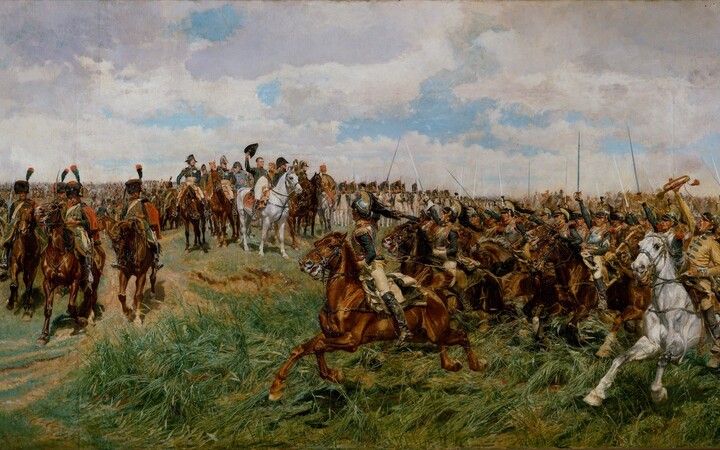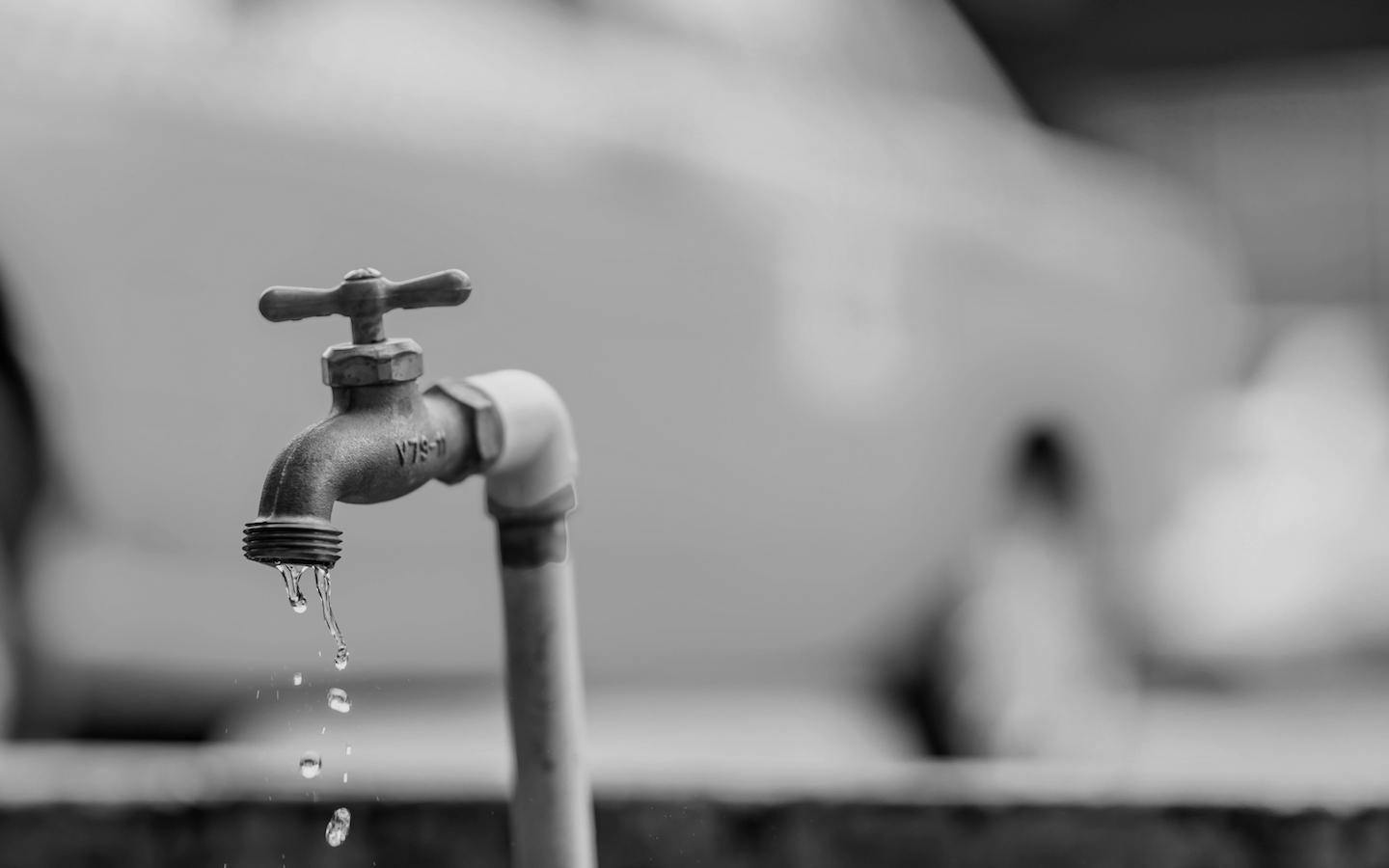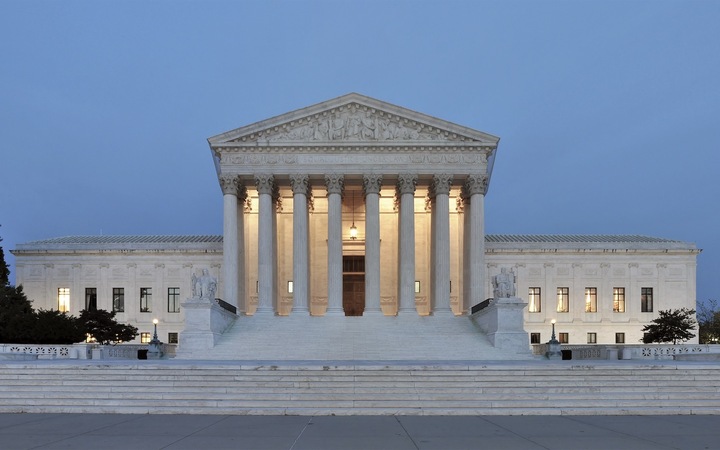You can’t measure police bias using simple population ratios. A better idea is to check if police behave differently when it’s dark, but this doesn’t give any firm conclusions either. What else can we do?
Well, there are lots of policy proposals floating around that are suggested to reduce bias in policing, and many police departments have already adopted some of them. Maybe we can look at what effect these have had.
Body Cameras Data
Many police departments have added police body cameras in the last few years. What effects do these have, and can they tell us something about police bias?
Surveys show that police increasingly favor body cameras, seeing them as protection from the public and as evidence collection. Police sometimes complain about the hassle of dealing with cameras, and the reduction in discretion. Police with cameras get fewer complaints, either because the cameras cause police to behave differently, cause citizens to behave differently, or discourage frivolous complaints.
Effects of cameras on police use of force overall suggest a minimal effect. A popular study in Rialto, California with a total of 115 frontline officers randomly assigned the entire police force on duty to either use or not use cameras for 12 hours at a time (Ariel et al. 2014). They found that incidents of use of force dropped by half when cameras were worn. While this study is often cited, a follow-up repeated the experiment with 10 cities and a total of 2122 frontline officers (Ariel et al. 2016). They found no effect. (In fact, they found slightly more use of force with cameras, but this was not statistically significant.) There’s some suggestion that officers use more force when they have discretion over when to turn the cameras on.
Cameras show no clear effect on arrests or citations. This is important! One of the biggest concerns raised before cameras were introduced was that police would be too afraid to make legitimate arrests. This fear is not realized.
Do cameras affect the racial composition of police use of force? There seem to be no studies on this at all. This is often misrepresented as proof that cameras do not affect the racial composition of police violence. That’s incorrect. There’s no evidence either way. (But remember we haven’t found much effect on use of force in general.)
Body Cameras
- Police increasingly like them as evidence collection and protection from the public.
- Reduce complaints against police.
- Reasonably strong evidence they do not significantly reduce use force in overall.
- No controlled studies on effects on racial balance of use of force.
Implicit Bias Training Data
Many police departments have had implicit bias training for years. CBS news found that 69% of the departments they asked already have it. More are introducing it all the time. Does this do anything?
Let’s back up. Do implicit biases matter? Studies in the general population find minimal impact on behavior. People with overt racist views do tend to do discriminatory things. But for people without overt racist views, implicit biases don’t predict much. Roughly speaking, the situation seems to be
| Overt racist views | No overt racist views | |
|---|---|---|
| Implicit biases present | Racist behavior | No racist behavior |
| No implicit biases | (Is this possible?) | No racist behavior |
And what about training? A meta review shows that implicit bias training on the general population has relatively small effects that persist for a relatively short time.
Does implicit bias training impact police use of force? Again, there seem to be no studies either way. Given what we know about the general population, I’m skeptical they would have much effect. But maybe they have some effect which is worth their (small) cost. Or maybe if the training is done carefully the effect can be increased. For now, we don’t know.
By the way: There is lots of criticism of police departments for putting implicit bias training in place despite a lack of proven benefits. I think we should be careful about this. Implicit bias training is cheap and unlikely to be harmful, so it’s not crazy to just go ahead and do it while we sort out the effects. (This is the same mistake people made about masks early in the COVID pandemic. Even if masks had unproven benefits, they were cheap, and unlikely to hurt.) Still, if implicit bias training is established to be useless, I think it’s important to eliminate it. This is for the same reason that an alcoholic shouldn’t be drinking “cleanse” tonics. You don’t want to give yourself the illusion of “doing something” to solve a problem when your actions aren’t meaningful.
Implicit Bias Training
- In general population, implicit bias training has minimal impact on behavior, and implicit bias training has small and short-lived effects.
- Many police departments already have implicit bias training.
- No controlled studies of effects on police use of force overall.
- No controlled studies on effects on racial balance of use of force.
Use of force policies
Another common suggestion is use of force policies. These include things like requiring an attempt to de-escalate situations, forbidding strangling, mandating warnings, mandating reporting, and requiring officers to intervene if another officer is using excessive force.
These policies are all pretty sensible and there are lots of correlational studies that suggest they reduce police use of force overall. I’ll admit I would be surprised if these didn’t reduce police use of force. However, as far as I have been able to ascertain, there are no control trials that demonstrate these policies affect use of force overall.
It would be great to do an experiment like the following: Look at how often force was used in a bunch of cities before and after these changes were adopted, comparing against cities that had no change.
Given that there are no studies on overall use of force, it’s not surprising that there are also no studies on how these policies interact with race.
Use of force policies
- Lots of correlational evidence they reduce police use of force.
- No controlled studies of effects on police use of force overall.
- No controlled studies on effects on racial balance of use of force.
This post is part of a series on bias in policing with several posts still to come.
- Part 1: Your ratios don’t prove what you think they prove
- Part 2: The veil of darkness
- Part 3: Policy proposals and what we don’t know about them (This post)
- Part 4: Why fairness is basically unobservable



















